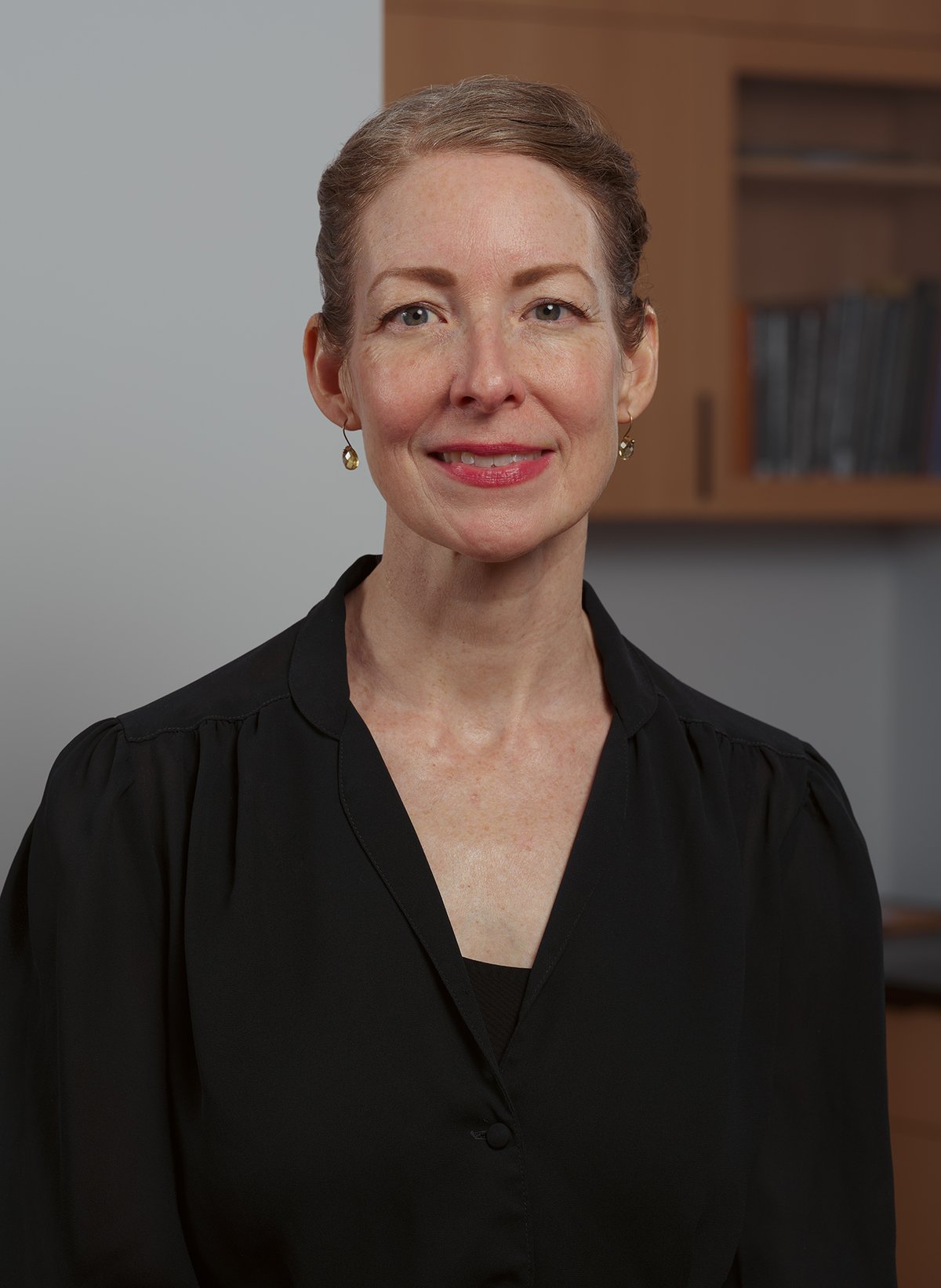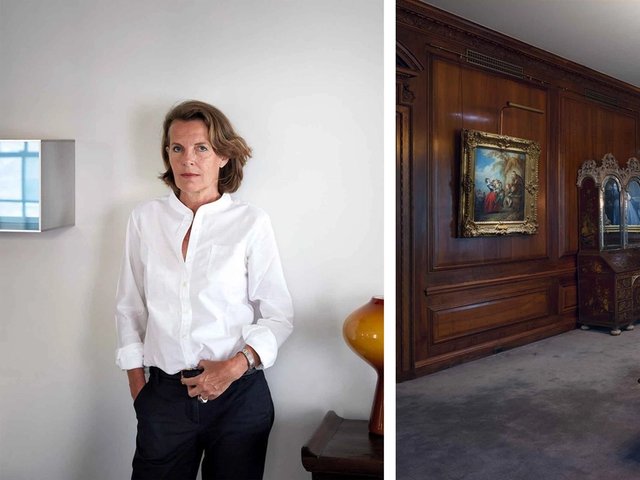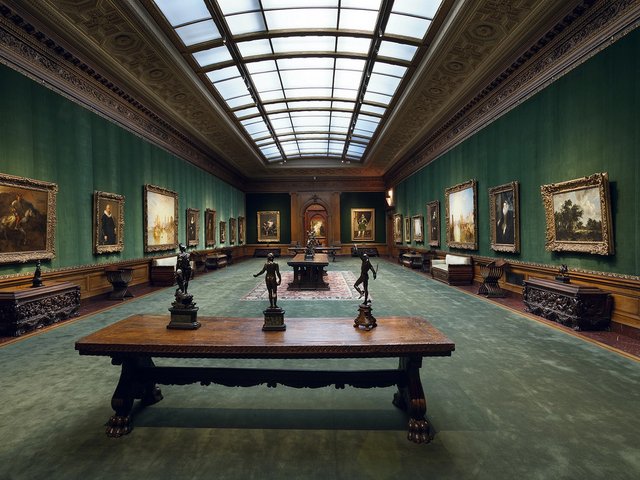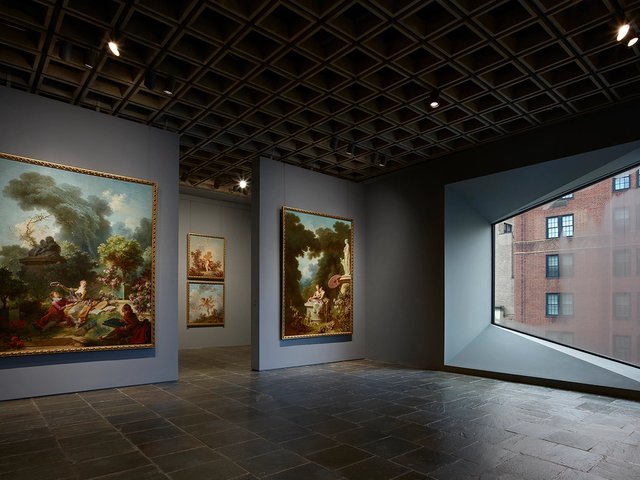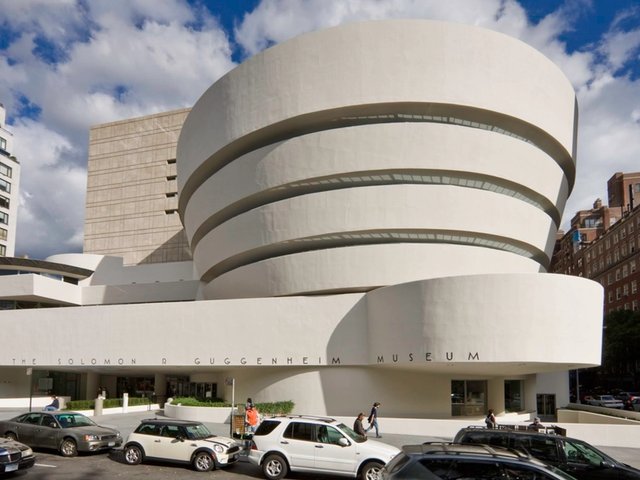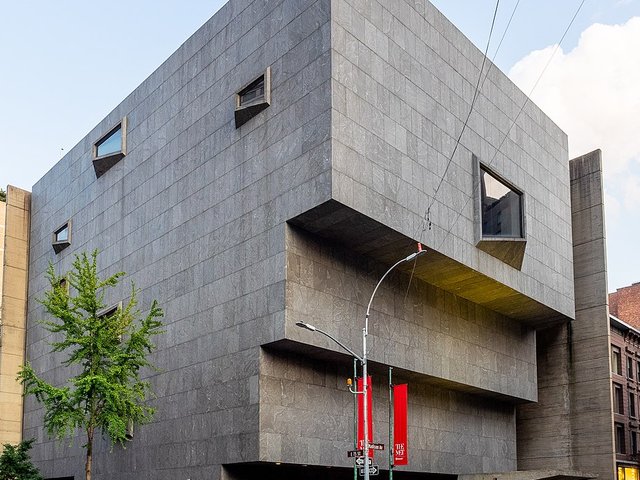The reopening of New York’s Frick Collection in April was a banner event in the art world. Critics and visitors alike oohed and aahed at the restored 1914 mansion, still the centrepiece of its celebrated holdings of Old Master paintings, Italian and French sculpture, fine decorative objects and furniture. Also winning kudos were the $220m project’s new additions—such as a striking marble staircase and the curvaceous underground concert hall—designed by the architect Annabelle Selldorf. But what has gone largely unremarked upon is the museum’s radical behind-the-scenes transformation, featuring a new 1,200-sq.-ft conservation studio, radiography room and spaces to prepare works of art for exhibitions.
The Frick’s vastly expanded ability to look after its collection and displays gets proper due this week, when the museum announces the appointment of a new chief conservator: Julia Day, a Frick veteran who left the institution in 2022 to become a senior conservator at the Guggenheim Abu Dhabi. Day returned this spring to take over the position upon the retirement of Joseph Godla, a furniture expert who had held the title since 2005.
“There is nothing impulsive about Julia,” says the Frick curator Aimee Ng. Day has a signature steadiness, Ng says. “And that is one of the great qualities of a leader in conservation.”
Born in California and raised in Illinois, Day first became interested in art conservation when she spent a summer during college in Rome. “I saw all these people doing all this work,” she says. “And I thought: ‘How do you get into this?’” Her career, now in its third decade, included a crucial stint at the Metropolitan Museum of Art, where she worked on the restoration of the Wrightsman Galleries for French Decorative Arts. The experience helped narrow her initial focus on decorative objects, which became her purview at the Frick when she arrived in 2008.
At the time, she and Godla made up the whole conservation department, then housed in a makeshift 350-sq.-ft space in the Frick mansion that did not even have running water. The museum’s new space—known as the Sherman Fairchild Center for Art Conservation—has an ideal spot in the new Selldorf-designed expansion. Equipped with an adjustable open plan, northern light and its own elevator access, it has room for an expanded team of conservators and apprentices and a separate office for the new chief conservator. New York’s Samuel Anderson Architects, a leader in the design of conservation labs and other museum-specific spaces, created the facility for the Frick. Day consulted on the project before leaving for the Guggenheim.
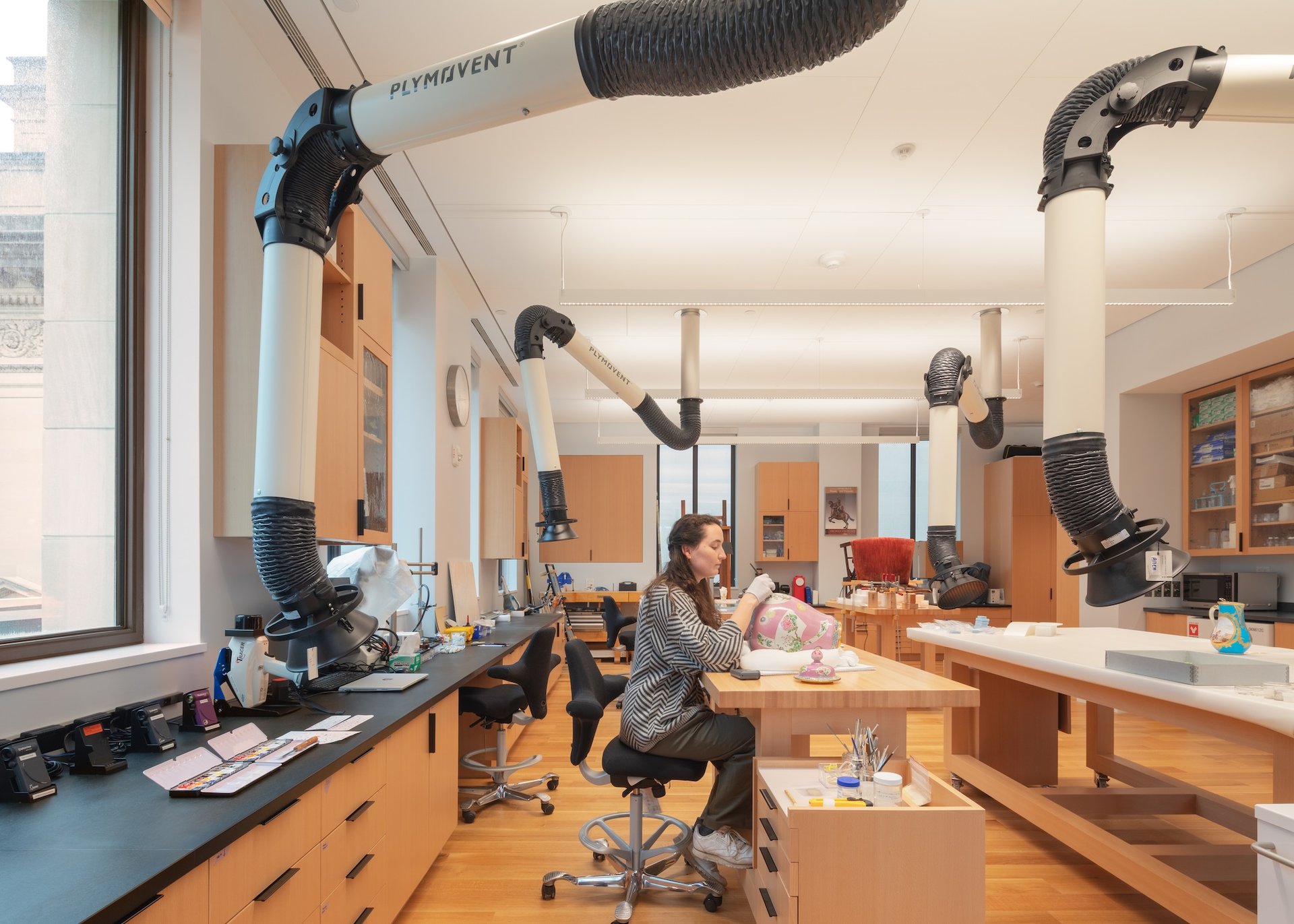
A conservation intern, Kiki Peters, at work in the Frick’s new Sherman Fairchild Center for Art Conservation Photo: Nicholas Venezia, courtesy the Frick
Though on duty for a few months already, Day still speaks with amazement about her new surroundings.
“I’m so excited that we have deionised water!” she says of the much-needed resource that allows conservators to work without introducing unwanted minerals and other contaminants. (Before, she recalls, she used to have to bring it over from the library conservation department.) “We have a high-vent room,” she adds of the facility that allows for the spraying of lacquer and other coatings. “And it’s dual purpose,” she adds, allowing for photo documentation in the same space.
New equipment includes a standing microscope—more useful, Day says, than one used sitting down—and a laser that facilitates on-site treatments. Lasers are especially good for cleaning stone, she adds.
With what was once drastically limited space in-house paired with close proximity to the Met a short walk away, the Frick had come to rely on its massive neighbour to treat its paintings. That will not change. But while the Frick’s new conservation studio will primarily handle decorative objects, textiles and sculptures, there will also be an increased ability to examine paintings. One big change: Day says that in the future, Met painting conservators might come work at the Frick rather than the Frick sending its paintings up Fifth Avenue.
This summer, while “still learning the building”, Day says she has been busy overseeing preparations for two special exhibitions at the Frick in the autumn.
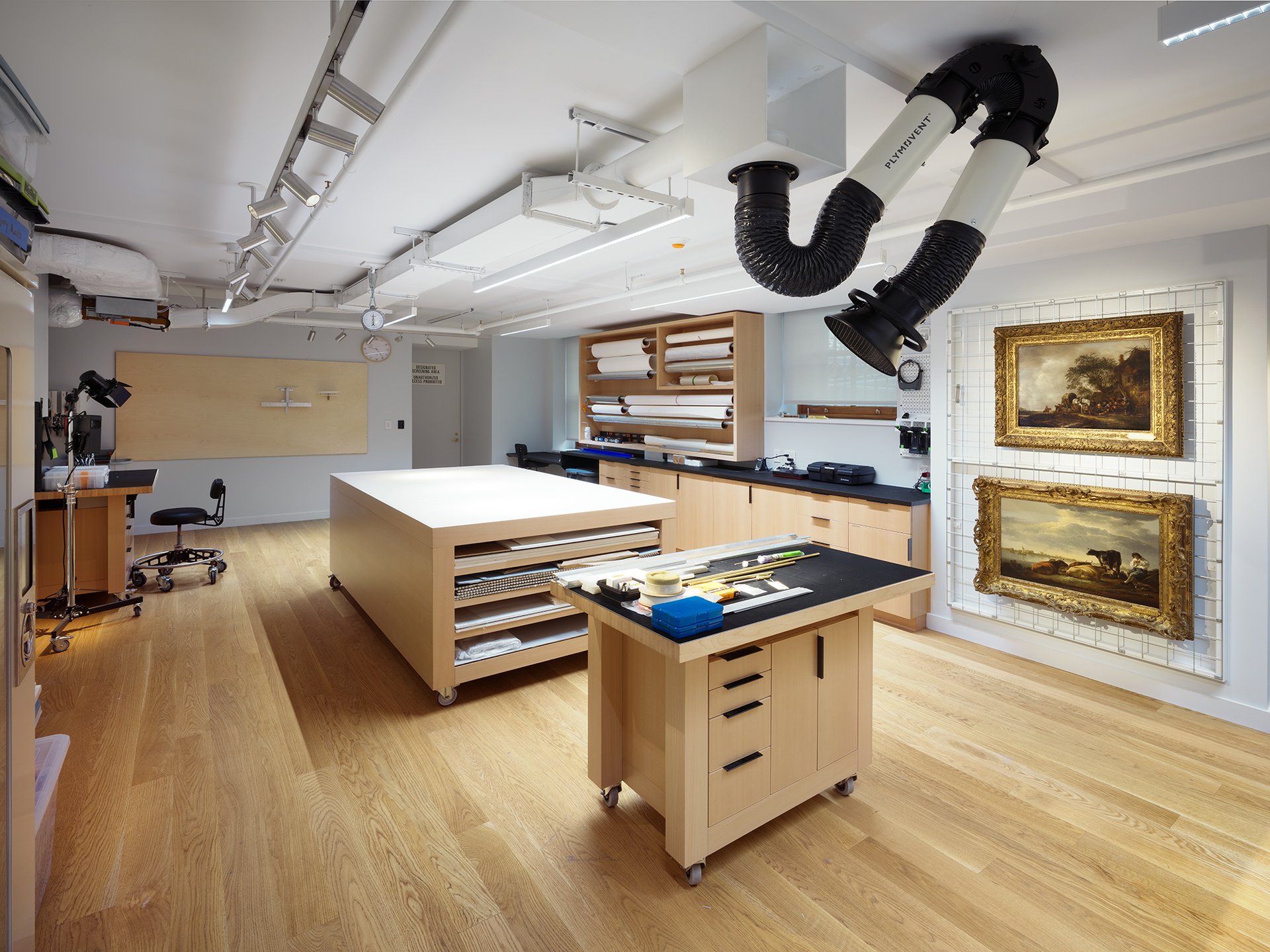
The Frick’s new Art Preparation and Installation Studio Photo: Joseph Coscia Jr., courtesy the Frick
Starting in September, the British painter Flora Yukhnovich will cover the walls of the mansion’s Cabinet Gallery with a site-specific mural playing off the room’s celebrated François Boucher series The Four Seasons (1755). Day’s team had to figure out how and where the mural can be applied to the ornate walls. Then in October, the museum will mount To the Holy Sepulcher: Treasures from the Terra Sancta Museum, to be held in the new Selldorf-designed special-exhibition space. Comprising precious religious pieces on loan from a network of museums in the Old City of Jerusalem, the show requires Day’s team to polish large objects made of silver.
Day’s new administrative duties mean that she herself will spend less time working on objects. (She admits to a special fondness for materials like metal, stone and glass.) But she does have a wish list of Frick pieces that she wants to examine, aided by her new working environment.
Day is eager to have a go at Diana the Huntress, a life-sized terracotta sculpture by the French Neoclassical artist Jean-Antoine Houdon—a signature piece in the collection installed in the mansion’s Portico Gallery. She would also like to examine a certain bronze bust by another Frenchman, the Baroque sculptor Antoine Coysevox, a favorite of Louis XIV. “I want to understand the surface,” she says, hoping to solve the mystery of its coating.
The new facilities will make all this easier and, Day suggests, more fun. “It’s just so nice to have the space!” she says.


